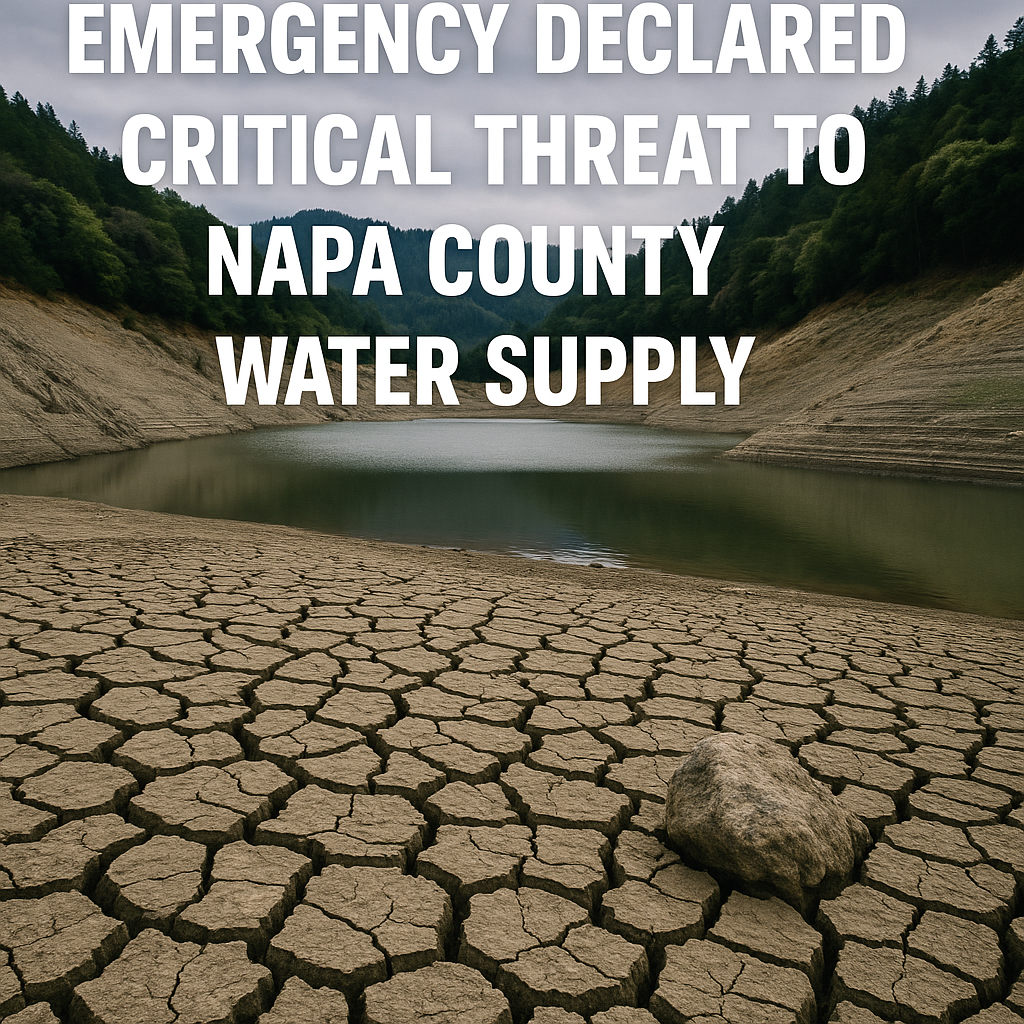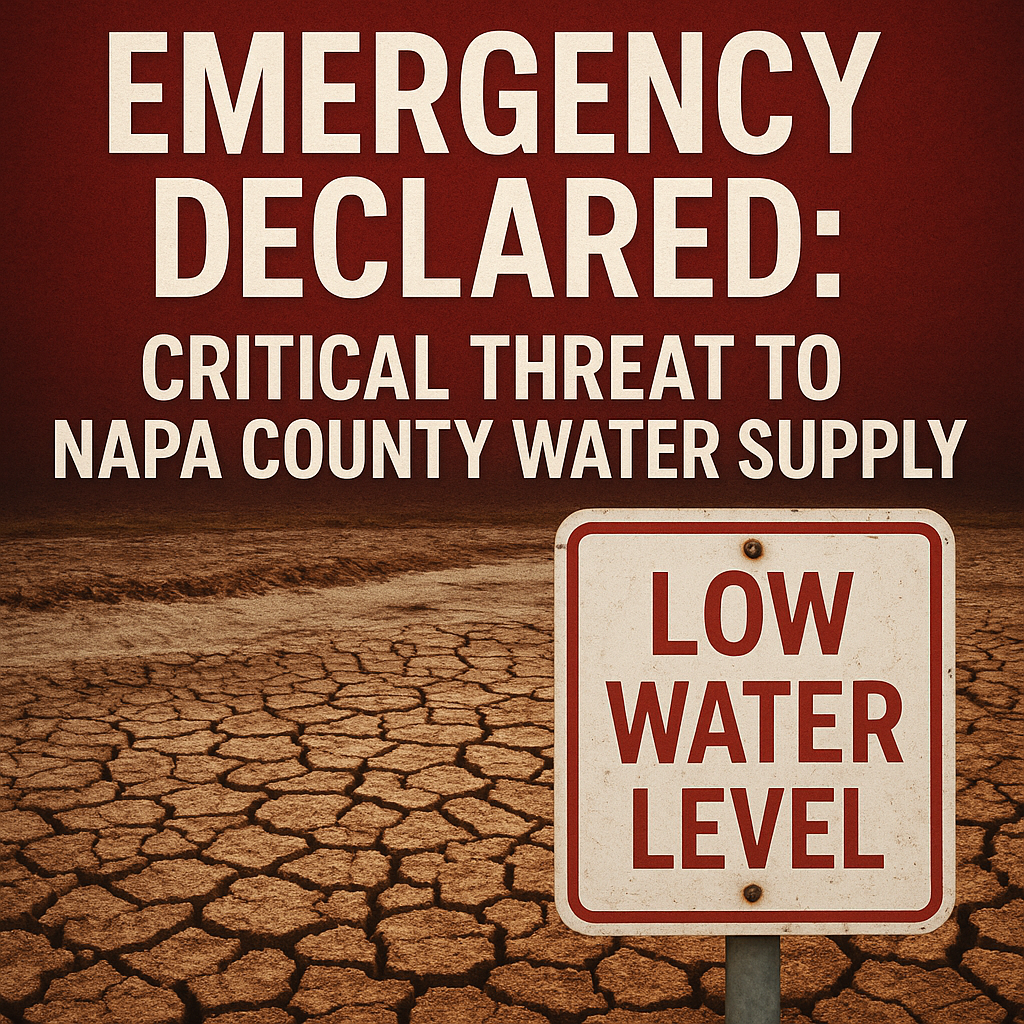Emergency Declared: Critical Threat to Napa County Water Supply
Emergency Declared: Critical Threat to Napa County Water Supply

Emergency declared in Napa County due to a significant threat to the water supply has sparked widespread concern among residents and officials. The unfolding situation has highlighted the urgent need for effective management and community awareness regarding water resources, especially in regions susceptible to environmental calamities.
The Root of the Crisis
The recent emergency declaration stems from a combination of factors primarily driven by the Pickett Fire, which ignited in the Napa area. Reports indicate that the fire consumed thousands of acres, leading to fears that ash and debris could compromise the quality of drinking water. Local health officials have raised alarms about the potential contamination of primary water sources, which serve as lifelines for Napa’s residents.
Various sources, including local news coverage, have stressed that the immediate threat arises from the runoff that can occur due to heavy rainfall following the fire. Contaminated water runoff poses health risks and could severely impact the quality of drinking water. The situation has left Napa residents anxious about the safety of their water supply amid ongoing firefighting efforts.
Diverse Perspectives on the Impact
The perspectives surrounding this emergency vary, illustrating the complexity of managing such a crisis. From one angle, environmental activists and local community leaders emphasize the overarching importance of addressing wildfire management to prevent future emergencies. They argue that the state must invest in sustainable forestry practices and community resilience programs to mitigate the impact of wildfires on water resources.
Conversely, some critics have pointed to existing infrastructure and response strategies as inadequate. According to recent reports, the Napa Valley water treatment plants may face challenges in filtering out potential contaminants effectively. This viewpoint raises questions about the preparedness of local agencies to manage not just current emergencies but future threats as well.
A Call for Action
Despite the diverse opinions on the situation, a consensus emerges around the need for immediate action. Local authorities are urging residents to conserve water and report any unusual contamination signs. Companies responsible for water supply have recommitted to monitoring and improving water quality in the wake of the emergency declaration. However, many residents remain skeptical, prompting calls for increased transparency and more robust crisis communication from local government.
In light of the declared emergency, public meetings have been organized to inform the community about potential resources and the steps being taken to ensure the water supply remains safe. Experts in environmental science are working closely with public health officials to devise strategies that can help prevent similar crises in the future.
What Lies Ahead
As the declaration unfolds, the situation remains dynamic, with unknowns looming. Key questions revolve around the long-term implications for Napa’s water supply, particularly if contamination occurs. Residents are left to navigate uncertainties, assessing risks while remaining hopeful for solutions that safeguard their essential water resources.
In summary, while the emergency declaration in Napa County signals urgent challenges posed by natural disasters, it also opens a broader dialogue on environmental stewardship and community resilience. The many voices contributing to this discourse reveal an engaged community intent on finding solutions, not only for the current crisis but for the sustainable future of their water supply.
Keeping an eye on the ongoing developments will be crucial for understanding the full ramifications of this emergency and the efforts made to mitigate its effects.








